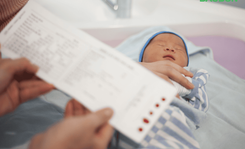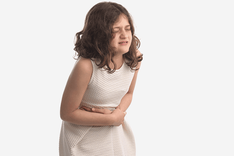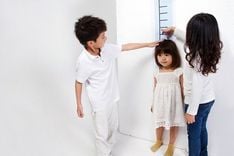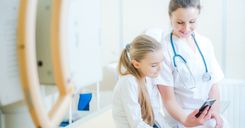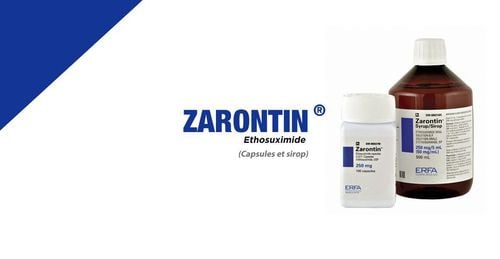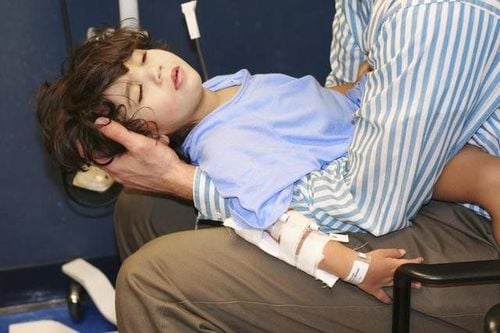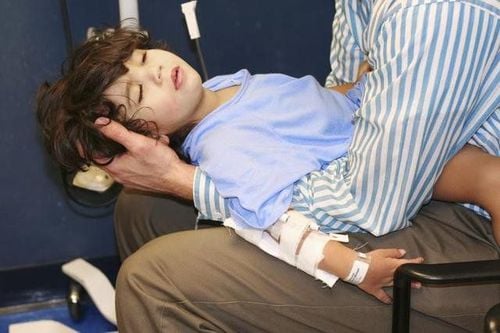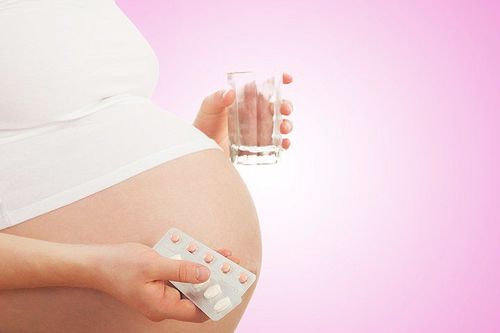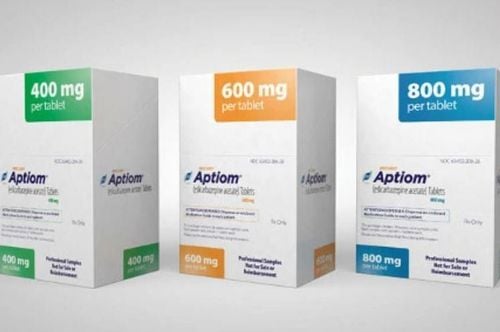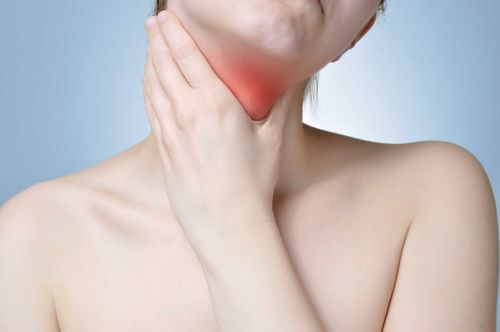This is an automatically translated article.
Epilepsy is a common neurological disease, occurring at any age, but epilepsy in children if not treated can leave neurological sequelae. Therefore, we need to apply early rehabilitation measures for children with epilepsy to improve their quality of life later on.1. What is epilepsy in children?
Epilepsy in children is a condition of brain damage characterized by repeated paroxysmal impulses in the rhythm of brain cells, manifested by: or muscle twitches), sensory, sensory, and mental, which are repeated over and over again; It may or may not be accompanied by short-term loss of consciousness or changes in consciousness. Epilepsy is a common neurological disease (accounting for about 0.5% of the population) and can be encountered at any age, including infants. Children with epilepsy, if not controlled with drugs, can lead to mental retardation and many problems as follows:Self-care: Children with epilepsy may have sleep disturbances, experience many Difficulty in learning self-care skills and daily living, facing many risks and risks such as falling, having a serious accident if the seizure occurs while walking or using a vehicle. Learning problems: Some children with epilepsy have normal intellectual development, but others have difficulty reading, writing, and calculating. Motor and sensory problems: The milestones of motor development in children are difficult to achieve, lose coordination of movements or may have some malformations such as: crossed eyes, drooping eyelids, nystagmus... Cognitive: Seizures in children can lead to poor concentration or loss of attention, impaired memory, impaired hearing, lack of problem-solving skills, and difficulty with orientation. Psychosocial aspects: Children with epilepsy may experience agitation such as head banging, rolling on the ground, very poor self-control, impaired social communication.
2. Causes of epilepsy in children
The causes that can lead to children having epilepsy are many, which can be encountered before, during or after birth, causing damage to the children's brains.Causes, prenatal risk factors leading to epilepsy in children:
Pregnant women have trauma during pregnancy; Pregnant women with heavy lead metal poisoning; Fetal skull stenosis. Causes of epilepsy in children from birth:
Premature babies, under 37 weeks of gestation; Newborn baby weighing less than 2,500g; The baby suffocated during birth; The delivery process requires obstetric intervention techniques such as clamping, suction, and delivery; Cerebral nuclei Jaundice: the infant had early neonatal jaundice (days 1-3) with neurological signs such as abortion, cyanosis, convulsions, coma; Severe postpartum hypoglycemia with respiratory failure. Causes of postpartum epilepsy in children:
Hemorrhage of the brain - meninges; Nerve infections such as encephalitis, meningitis; Severe respiratory failure of various etiologies; Traumatic brain injury Progressive metabolic disease. In addition to the above causes, epilepsy in children sometimes does not have an exact cause.
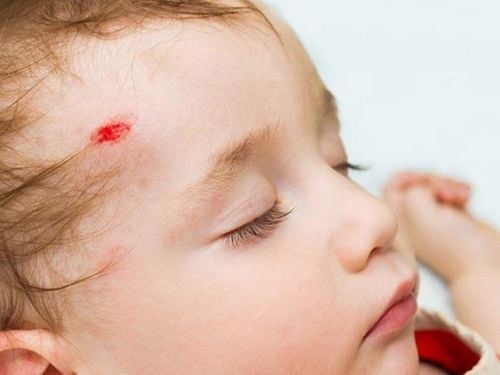
Chấn thương sọ não là một trong những nguyên nhân khiến trẻ bị động kinh
3. Early detection of epilepsy in children for timely intervention
To identify and diagnose epilepsy in children early, we need to classify and recognize the signs of each disease.3.1. Generalized seizures There are many different types of generalized seizures, including:
Absence seizures:
These are short-term disturbances or loss of consciousness (including lying motionless, the eyes look distant and dreamy, the activities the child is doing suddenly stop); Loss of consciousness may be accompanied by convulsions (eg, slight twitching of eyelid muscles, mouth twitching), postural atony (child flexes head and torso), hypertonia (child tilts head and leans back, inversion of the eyeball), automatic repetition of normal movements or vegetative disturbances (eg, vasomotor disturbances, respiratory changes, dilated pupils, enuresis). Myoclonus: Myoclonic jerks are defined as brief, lightning-like jerking movements that occur bilaterally and cause the child to fall, but without disturbance of consciousness.
Convulsions: Children suddenly convulse on both sides of the body symmetrically with a slow speed, different oscillation time, especially convulsions are common when the child has a high fever.
Hypertonic attacks: are muscle spasms without muscle tremor, lasting from a few seconds to less than 1 minute and often accompanied by disturbances of consciousness, disorders of the autonomic nervous system.
Atony episodes:
These are episodes of loss or hypotonicity; If the time is very short, it will only cause the phenomenon of folding or bowing the head first; If the time is longer, the child may fall to the ground in a state of completely flaccid muscles. The onset of tonic-clonic seizures is often loss of consciousness, muscle spasms, and then gradually subsides, accompanied by autonomic disturbances (tachycardia, increased blood pressure, dilated pupils, blushing). note that children may bite their tongue; In the later stages, the child has sudden bilateral muscle convulsions that can cause respiratory arrest; The final stage lasts from a few minutes to several hours with the child lying motionless, reduced muscle strength, cloudy consciousness, complete muscle relaxation, bedwetting, gasping, increased secretion of viscous sputum, and consciousness improve gradually. 3.2. Partial seizures Children with partial seizures are divided into the following types:
Simple partial seizures:
Simple partial seizures such as twitching of fingers, toes, half face, half body but consciousness remains normal; In some cases, children turn their eyes, head, and whole body, raising their hands like they are looking at their own mushrooms; Some children lose pronunciation, cannot speak. Sensory, simple partial seizures:
Children with this epilepsy often have contralateral somatosensory disturbances (such as crawling sensation, pins and needles, electric shock); The child may have hallucinations (such as seeing dim lights, rays, points of light, shapes of stars) or loss of vision (segmentation, blindness); Some other sensory disturbances such as tinnitus, whistling sound; Some children with epilepsy smell very unpleasant odors, feel intensely dizzy, want to fall, float, and experience a bitter or sour taste in their mouth. Simple partial seizures with autonomic symptoms: Characteristic of this type of epilepsy in children is increased salivation, nausea. Others have signs of palpitations, agitation, pale or congested skin, bedwetting, and shortness of breath.
Simple partial convulsion with psychiatric symptoms: The child loses the ability to speak or slurs or experiences discomfort, fear, anxiety, rarely comfort, feeling thirsty or hungry.
Complex partial seizures: Children often lose consciousness early with automatic mouth movements (such as chewing, swallowing, licking, grabbing). In addition, children can make hand movements, rubbing, scratching, holding an object, buttoning a shirt, unbuttoning a shirt, rummaging through a bag, arranging objects, moving furniture.
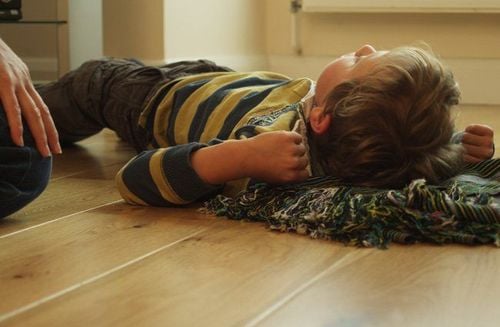
Trẻ bị động kinh có thể bị động kinh toàn bộ hoặc cục bộ
4. Rehabilitation for children with epilepsy
4.1. Principles of rehabilitation for children with epilepsy The first principle of rehabilitation for children with epilepsy is to intervene early, as soon as epilepsy is detected in children, use antiepileptic drugs in combination with rehabilitation, preschool and primary education. Examination for assessment of gross motor - fine motor development, communication - language development, personal - social, intellectual... routine once every 6 months at rehabilitation departments or local rehabilitation centers. 4.2. Objectives of rehabilitation intervention for children with epilepsy Stimulate the development of children with epilepsy in terms of gross and fine motor movements of the hands; Stimulate the development of skills in daily living; Stimulate communication and language skills of children with epilepsy; Stimulate the intellectual development of children with epilepsy. 4.3. Early intervention measures for children with epilepsy Medical: Treat children's seizures with antiepileptic drugs. Movement: massaging, performing facilitation techniques, sitting, crawling, standing and walking Therapeutic activities: Training fine motor skills, daily living skills Speech therapy: Technical stimulation early communication skills, comprehension skills and language expression skills. 4.4. Treatment of seizures in children As soon as a child has a seizure, it is necessary to bring the child to a safe place, put the child on the side of the head to avoid swallowing sputum, which spills out during a convulsion. Adults need to loosen the child's clothes, do not try to hold the child's legs or arms when the child is having a convulsion. Place a spoon or rolled up towel across your child's mouth so he doesn't bite his own tongue. Remove objects that are likely to cause harm to children in the surrounding area, avoid crowded people around children. After a seizure, the child usually falls asleep, then adults should let the child sleep peacefully. Give medicine to your child if he or she has a headache or is likely to have another seizure. Antiepileptic drugs (Depakine, Tegretol, Gardenen, Diazepam, Sodanton...) must be used according to the doctor's prescription as soon as they are detected, the family must not arbitrarily stop antiepileptic drugs for the child, determine long-term medication for many months, many years.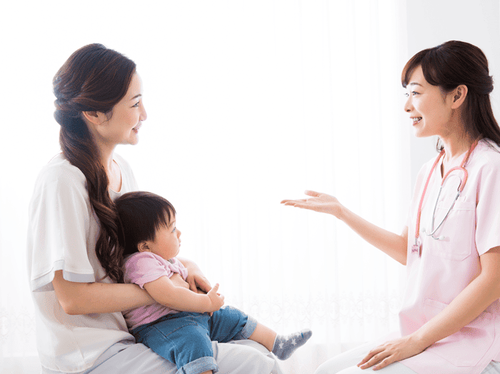
Cần can thiệp sớm đối với trẻ bị động kinh để có hướng điều trị tốt nhất
Please dial HOTLINE for more information or register for an appointment HERE. Download MyVinmec app to make appointments faster and to manage your bookings easily.
